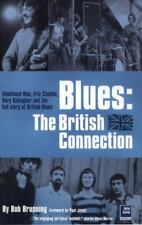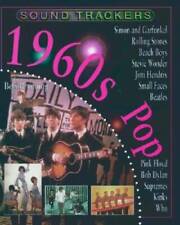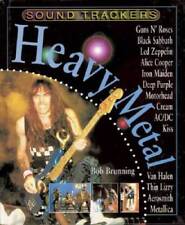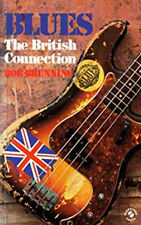|
1978
Never Seen Such A Beautiful Sight The year 1978 saw no new recordings for Fleetwood Mac itself, but that didn't mean they were idle--far from it, in fact! It turned out to be a big year for spreading the Ol' Mac Magic to various friends' projects, often with a high degree of success. The first off the mark was Warren Zevon, who released his second album, Excitable Boy , at the end of January. Mick Fleetwood and John McVie were recruited to play on the fabulous "Werewolves of London". The Mac rhythm section is strongly featured in this hilarious tune, which became Warren Zevon's biggest hit (going to Number 24) ever, and was resurrected (if that's the right word) as the main title theme for the film An American Werewolf In London some years later, and to this day remains on the playlists of many "Classic Rock" radio stations. This song also propelled its parent album to Number 8. A month later, Buckingham-Nicks buddy Walter Egan released his second album, Not Shy , which Lindsey coproduced (with Egan and Richard Dashut) and played guitar, with Stevie contributing vocals. Like its predecessor, Fundamental Role , the album peaked very modestly and then slipped off the charts. Then the single, "Magnet And Steel" was released. The album, and this song in particular, definitely had the mellower side of the Mac sound down pat (benefitting perhaps from its production team), and "Magnet" soon rocketed up the charts, going as far as Number 8, while the music press unfairly accused Egan of being nothing more than a Fleetwood Mac clone. The album also recovered and reentered the charts, eventually topping out at Number 44. A second single, "Hot Summer Nights" also charted. As the summer began, Stevie Nicks made a big step forward in becoming a solo artist in her own right when she appeared on the Kenny Loggins (late of Loggins and Messina) album Nightwatch . She sang on the song "Whenever I Call You 'Friend'" like she had done before for other artists, but this time it was a duet, or more correctly, she and Loggins traded lead vocals in various places on the track. Stevie's unmistakable voice is prominent thoughout, and this mix was a hint of things to come. The song and the album it was on did phenomenally well: "Whenever" made it into the Top 5 and Nightwatch to Number 7. She also found time to appear on Todd Rundgren's double-live Back To The Bars , which came out in the late autumn, contributing her voice to the live reworking of his 1972 hit single "Hello, It's Me". Lindsey Buckingham, always something of a workaholic, was also busy with playing on three tracks in Leo Sayer 's eponymous album. Sayer had had monster #1 hits the previous two years with the tepid "You Make Me Feel Like Dancin'" and the syrupy "When I Need You". This time out, however, the results were something of a commercial disappointment, and Leo Sayer got no further than #101, and the single "Raining In My Heart" didn't even crack the Top 40. I guess the magic didn't work for everyone.... The band, after recuperating from the road following the Rumours tour began to put together plans for the next record, a projected double. Not since Fleetwood Mac In Chicago had the band been able to attempt such a feat--a double album of all-new material. Peter Green, too, had not been idle. Newly relocated in L.A., he married Jane Samuels in January in Mick Fleetwood's home and they had a child, Rosebud, later in the year. Unfortunately, though, 1978 went downhill from there. Now off his legitimate medication, Peter found his old bad habits catching up with him in the form of a certain white powder. His marriage was already on the rocks. Mick did his best to help his old friend out by getting him a record deal with Warner Bros. which included a $400,000 advance on $1 million for a three-record deal. But at the moment he was supposed to sign in front of the record company executives, Green freaked out--saying that it was the devil's money--and refused. An embarassed Fleetwood had to return the advance. Fortunately, however, that was not the last word on Green's recordings. If 1978 seemed like a very busy time for all concerned, it would be nothing compared to the year to come. For not only would the double album come out, but seven solo albums and myriad guest-appearances would highlight the next year!
|








